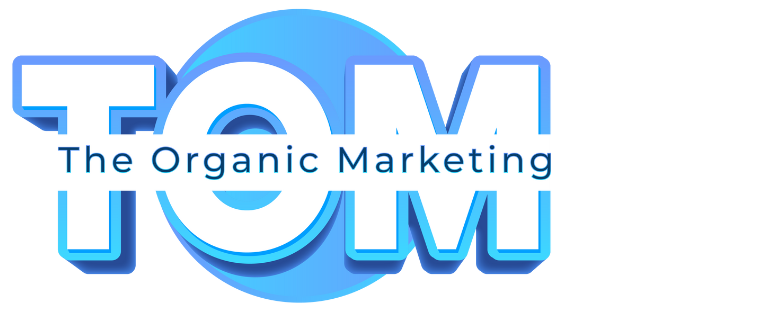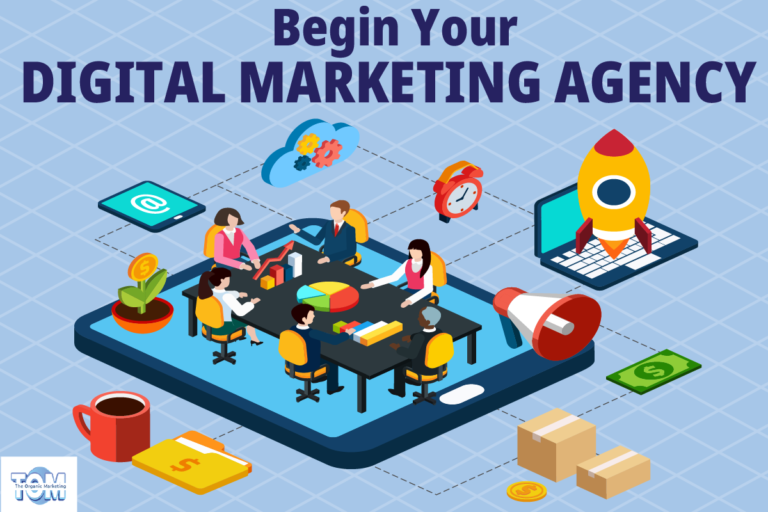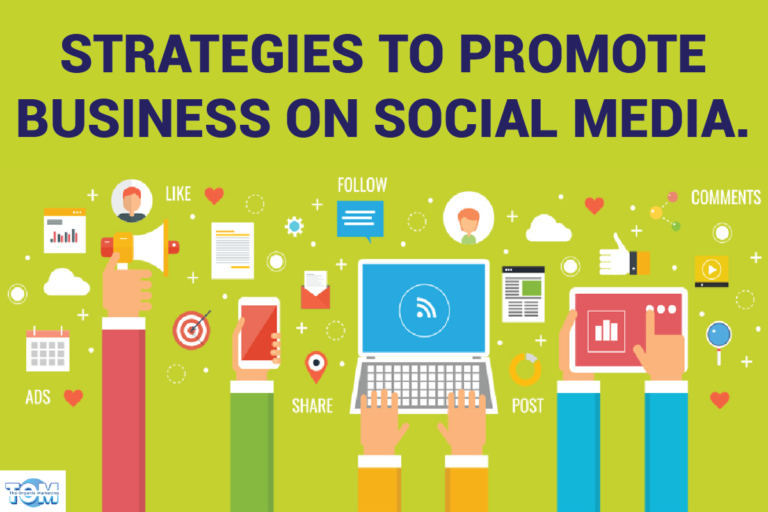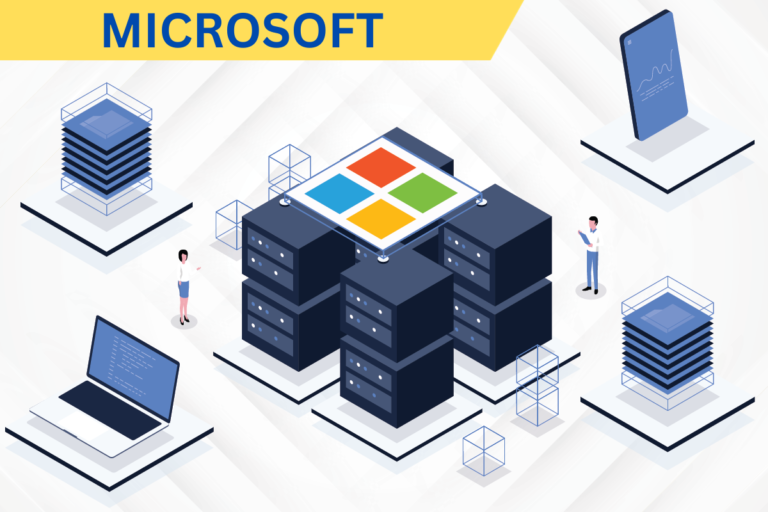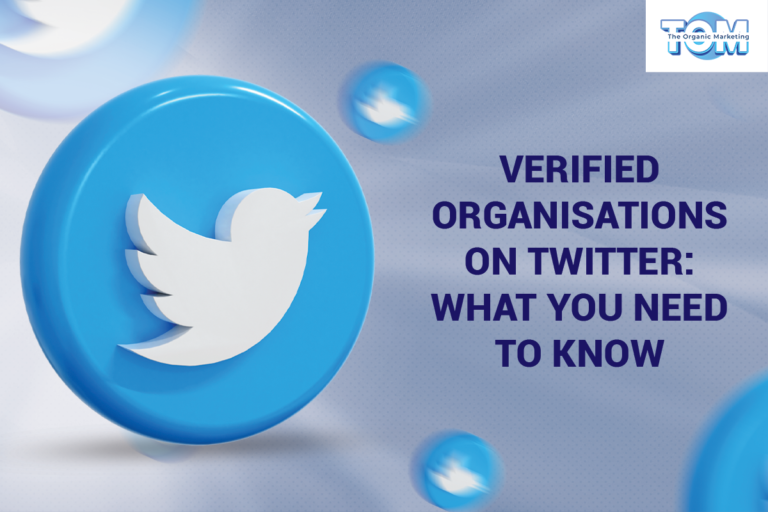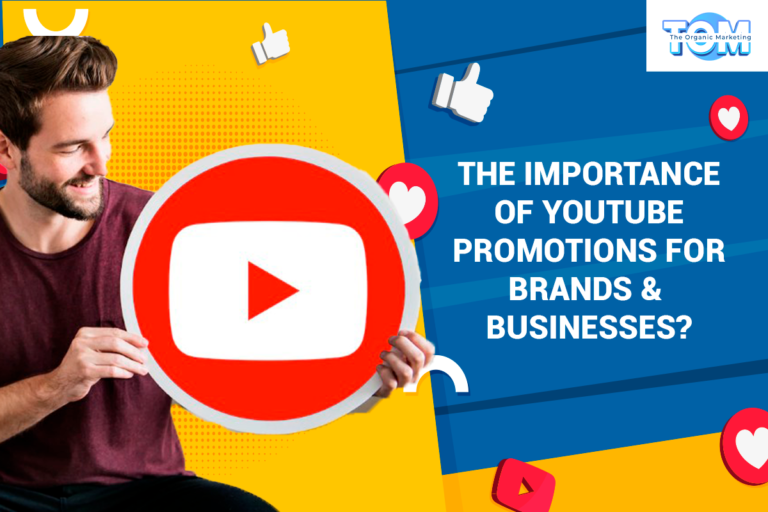The Ultimate Guide to ChatGPT: Everything You Need to Know
Welcome to the fascinating world of ChatGPT! What if I told you that there’s an AI so powerful that it can help you create content, answer questions, and even manage your social media accounts? That’s right; we’re talking about ChatGPT, the remarkable AI language model transforming how we communicate, work, and interact with technology.
What is ChatGPT?
GPT-4 Architecture – ChatGPT is based on the GPT-4 architecture, a cutting-edge AI language model developed by OpenAI. It’s like a Swiss Army knife for natural language processing, capable of understanding and generating text that mimics human writing.
How does ChatGPT work?
Natural Language Processing – Imagine a librarian who can read and understand all the books in the world. That’s what ChatGPT does for language. It utilizes natural language processing (NLP) to analyze, interpret, and generate human-like text based on context and intent.
Machine Learning Algorithms – ChatGPT leverages machine learning algorithms to improve its understanding of language over time. It’s like a sponge, soaking up knowledge from vast amounts of text data and using that to generate responses and content that feel natural and coherent.
Key Features of ChatGPT
Text Generation – From blog posts to emails, ChatGPT can generate content that’s not unique but also engaging and human-like. It’s like having your very own personal writer on demand!
Text Completion – Ever get stuck trying to finish a sentence? ChatGPT can help by suggesting relevant and coherent text completions, making your writing process smoother and more efficient.
Text Summarization – ChatGPT can condense lengthy articles, reports, or documents into concise summaries, saving you time and effort in extracting the most critical information.
Translation – Breaking language barriers is a breeze with ChatGPT, as it can accurately translate text between multiple languages, fostering better communication and understanding.
Real-World Applications of ChatGPT
Customer Support – ChatGPT can be integrated into customer support systems to provide accurate and timely responses to customer inquiries, improving customer satisfaction and reducing response times.
Content Creation – ChatGPT generates unique and engaging content, from blog posts to marketing copy, allowing businesses and individuals to maintain a consistent and high-quality online presence.
Language Tutoring – ChatGPT can assist in language learning by providing context-based corrections, suggestions, and examples, making it a valuable tool for students and educators.
Social Media Management – Managing social media accounts is more accessible with ChatGPT, as it can help craft compelling posts, engage with followers, and monitor online sentiment.
Limitations and Ethical Considerations
Bias in AI – As powerful as ChatGPT is, it’s not without its flaws. It can sometimes reflect biases in the training data, leading to inappropriate or offensive content. It’s essential to be aware of this limitation and address it through fine-tuning and moderation.
Privacy Concerns – Using AI for content generation and analysis raises privacy concerns, especially when handling sensitive data. Implementing robust data privacy measures and adhering to best practices are crucial in ensuring user trust and security.
How to Get Started with ChatGPT
API Integration – To harness the power of ChatGPT, you can integrate it into your applications using OpenAI’s API, which allows seamless access to ChatGPT’s features and capabilities.
ChatGPT Platforms and Services – Several platforms and services offer ChatGPT integration, making it easier for businesses and individuals to utilize this AI language model without worrying about the technical aspects.
Tips for Optimizing ChatGPT Performance
Training Data Quality – To get the best out of ChatGPT, ensure the quality of your training data. High-quality, diverse, and unbiased data helps the AI model generate more accurate and relevant content.
Fine-Tuning Techniques – Fine-tuning ChatGPT to your specific needs can significantly improve its performance. You can achieve better results and higher satisfaction by tailoring the model to your requirements.
Future of ChatGPT and AI-Language Models
The future of ChatGPT and AI language models is undoubtedly promising, with continuous advancements in NLP and machine learning algorithms. As these models evolve, we can expect even more impressive capabilities and applications, shaping how we communicate and work.
Conclusion
ChatGPT is revolutionizing the AI landscape with its remarkable language processing abilities. From content creation to customer support, the applications of this powerful tool are endless. By understanding its capabilities, limitations, and ethical considerations, you can harness its potential to transform your business or personal life.
Frequently Asked Questions (FAQs)
What is the difference between GPT-3 and GPT-4?
GPT-4 is an improved version of GPT-3, with enhanced language processing abilities, larger training data, and improved algorithms.
Is ChatGPT safe to use?
Yes, but it’s crucial to implement robust data privacy measures and adhere to best practices to ensure user trust and security.
How can I use ChatGPT for my business?
You can integrate ChatGPT into your applications using OpenAI’s API or use platforms and services that offer ChatGPT integration.
Can ChatGPT replace human writers?
While ChatGPT is powerful, it is not a complete replacement for human writers. It can, however, augment human capabilities by automating certain tasks and improving efficiency.
Are there any limitations to ChatGPT?
ChatGPT can sometimes reflect biases in its training data and generate inappropriate content. Privacy concerns should be addressed when using AI for content generation and analysis.
The Organic Marketing team is ready to help you take your brand to the next level of success. Let’s talk.
